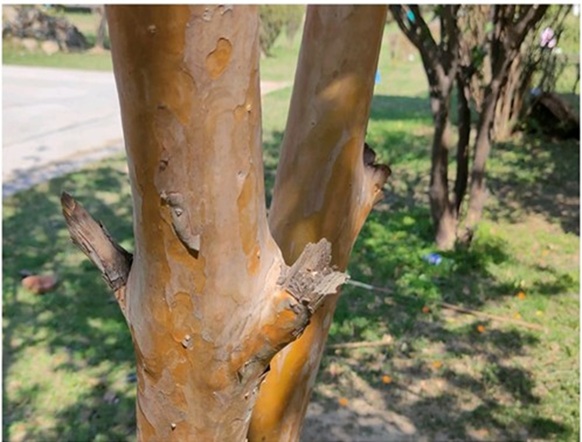

Habitat:
Native to Central America, South America, and the Caribbean but widely cultivated in tropical and subtropical regions around the world.
Flowering Season:
Guava flowers from late spring to summer, with some varieties flowering year-round in tropical climates.
Fruiting Season:
Guava fruits typically mature 4-6 months after flowering, with the fruiting season occurring in summer or autumn.
Climate Conditions:
Thrives in warm tropical and subtropical climates with temperatures ranging from 20°C to 30°C (68°F to 86°F). Prefers moderate rainfall but is drought-tolerant once established.
Seed Propagation:
Guava is commonly propagated by seeds, but can also be grown from cuttings or grafting. Seeds typically germinate in 2-3 weeks when planted in a warm, moist environment. Soaking seeds before planting can improve germination.
Parts Used:
Fruit: The pulp is eaten fresh, used in juices, jams, and desserts. It is also rich in vitamins, especially vitamin C.
Leaves: Guava leaves are used in traditional medicine for their antimicrobial, anti-inflammatory, and digestive properties.
Bark and Roots: In some cultures, the bark and roots are used for medicinal purposes.

Leave A Comment